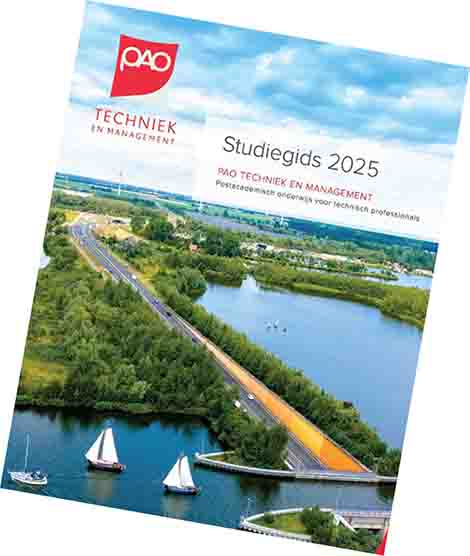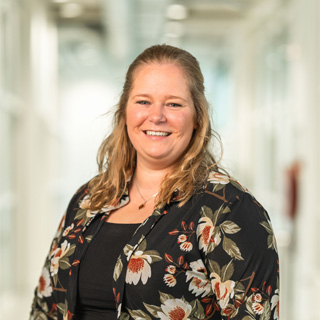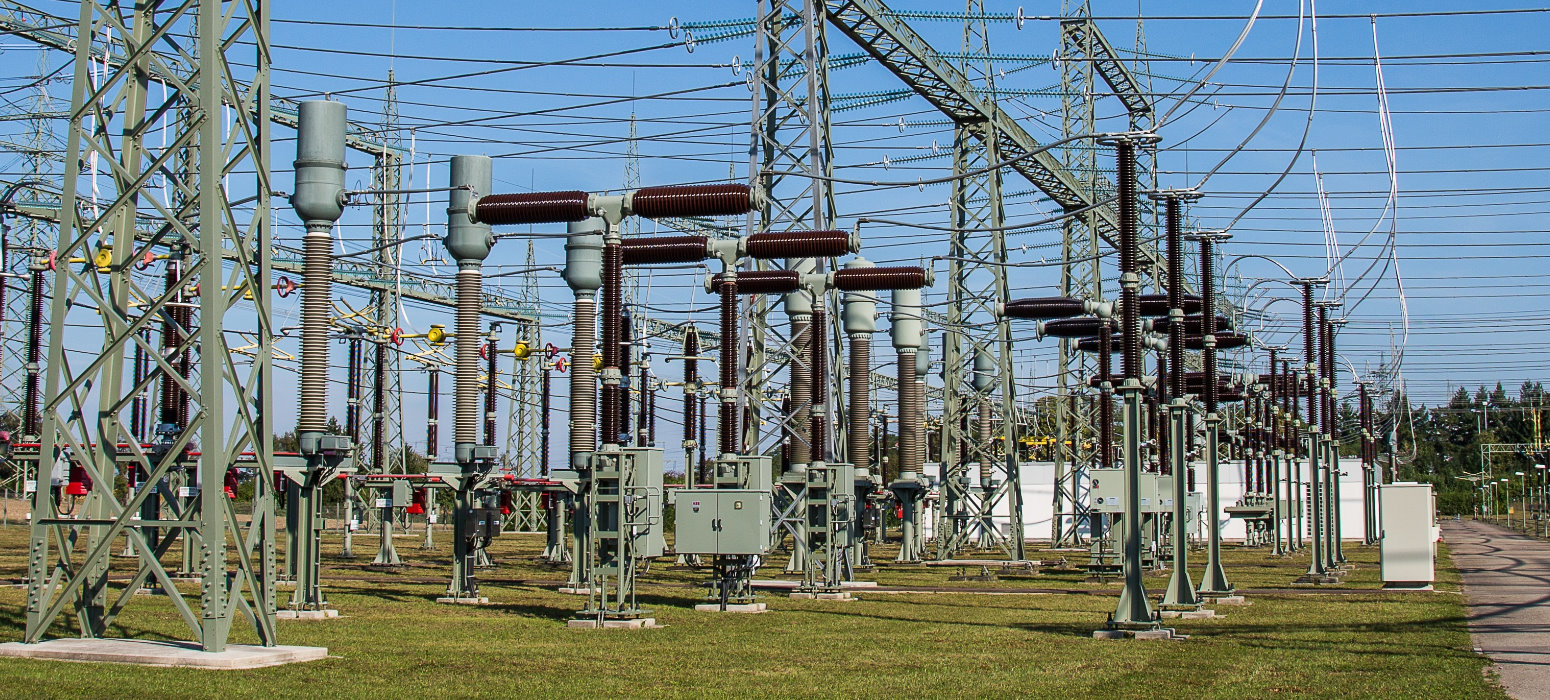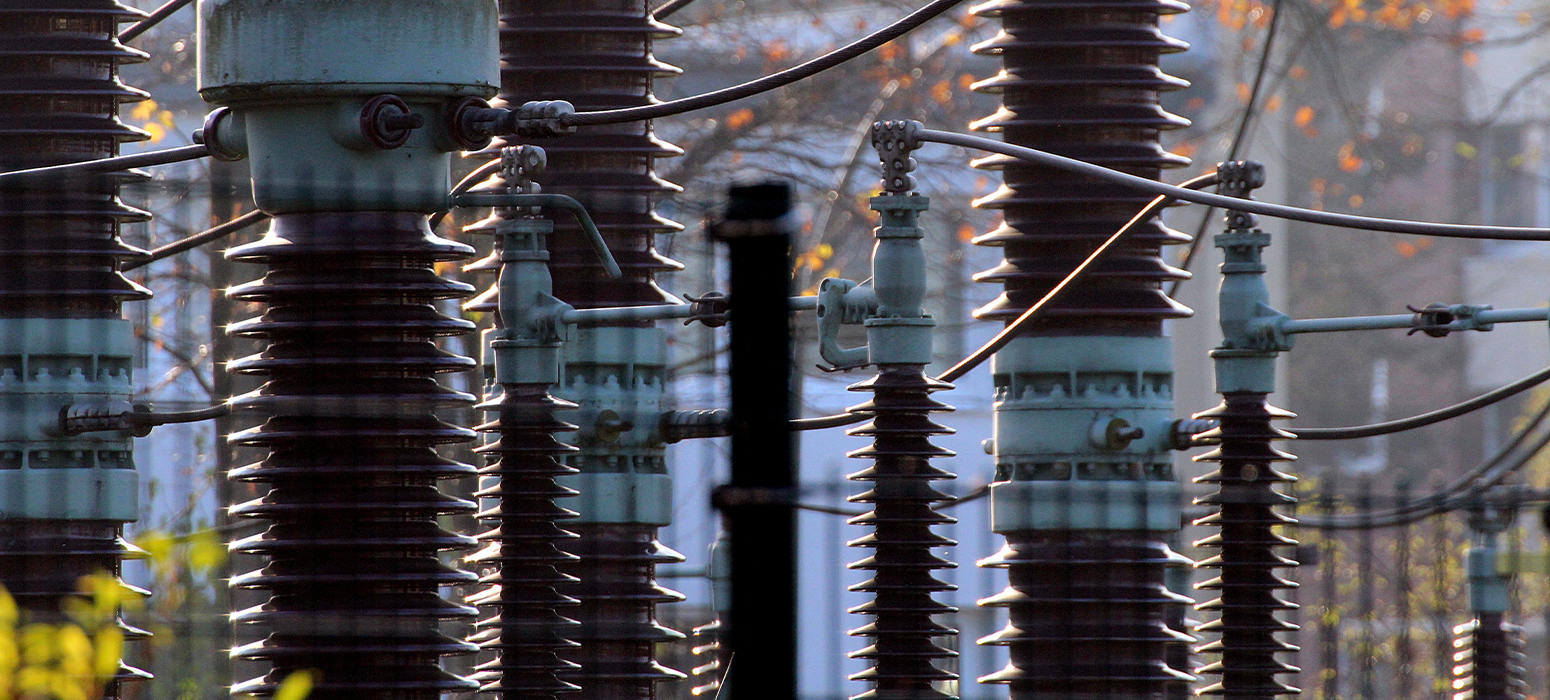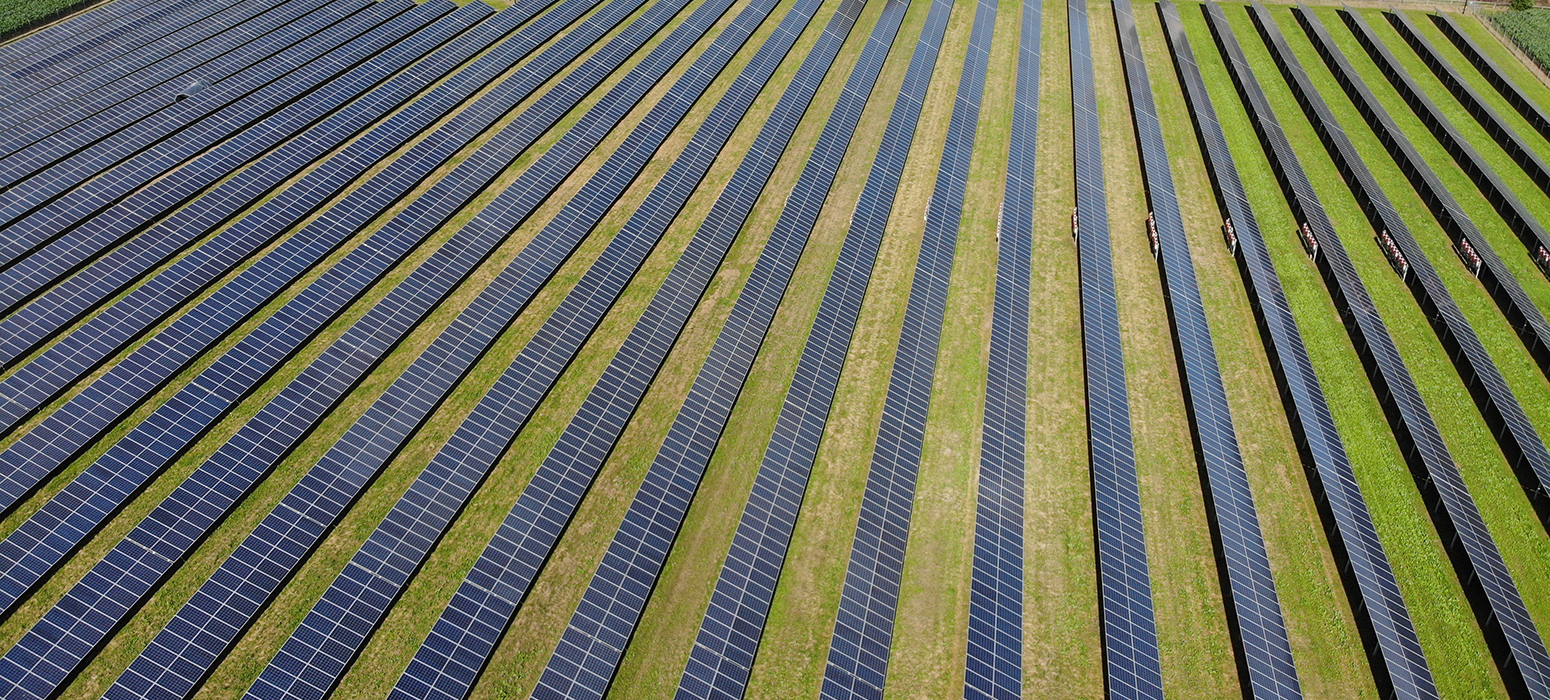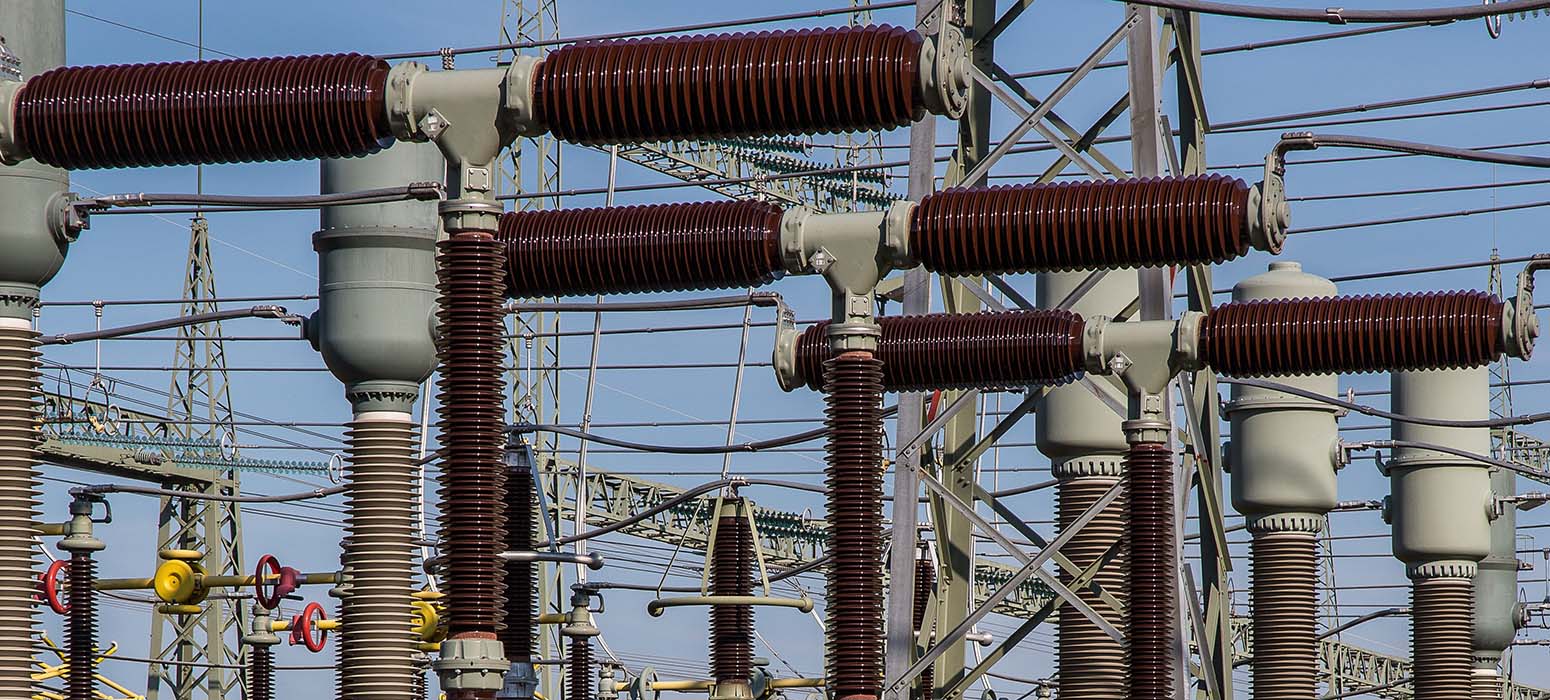SWITCH field lab: New research location for solutions for the full electricity grid
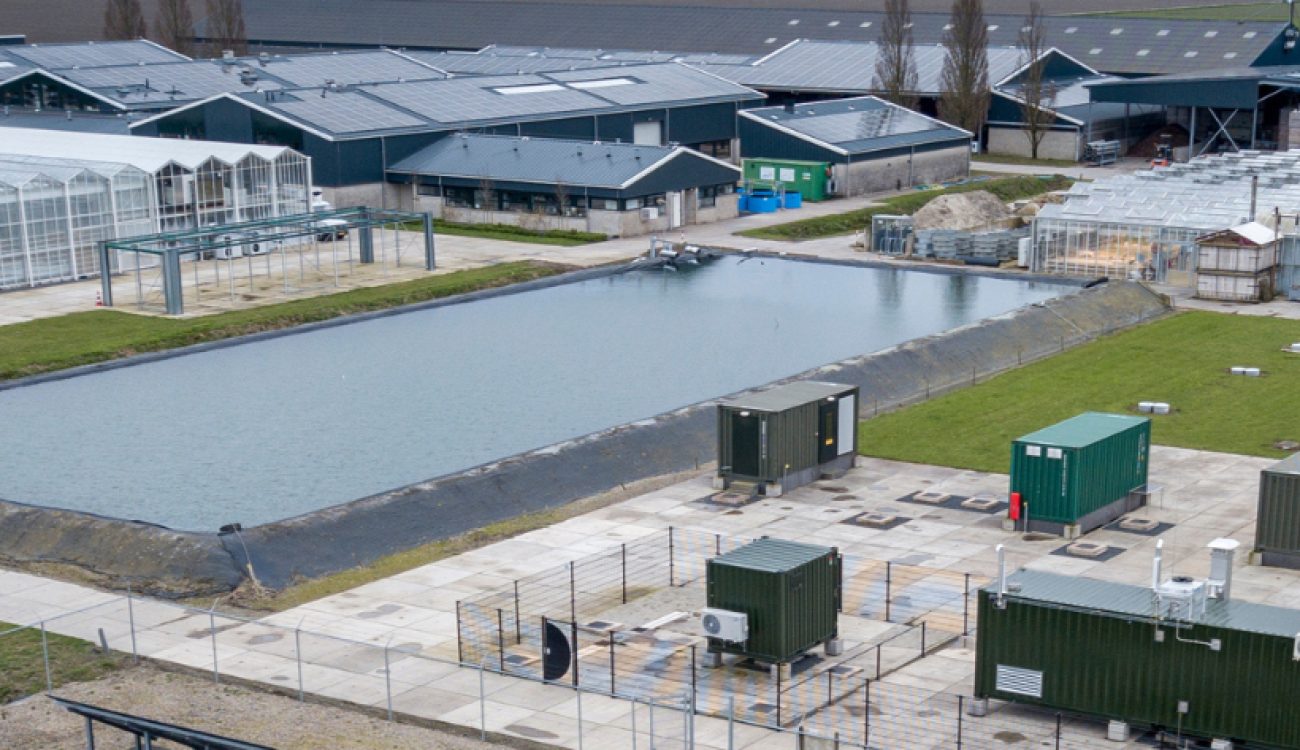
On Wednesday, March 27, the SWITCH field lab of TNO knowledge institute and Wageningen University was opened in Lelystad. Here, researchers can try out how wind turbines, solar panels, electrolysers and battery systems can work together optimally, in order to tailor the energy supply to market demand and make optimal use of the electricity grid.
The opening of the field lab is of great importance for the sector. Nearly 10,000 companies are on the waiting list to be connected to the electricity grid, figures from Netbeheer Nederland showed in February this year. In some parts of the country the grid is simply full.
Solutions for the full network
The full grid is the biggest challenge of the near future as far as the energy transition is concerned, says Peter Eecen, Research & Development manager at TNO Wind Energy and one of the experts who were present at the opening of the SWITCH field lab. 'We are producing more and more electricity from wind and solar power. But how do we ensure that power is always available at the desired time and how do we prevent an overcrowded and unstable power grid?' All kinds of solutions have already been devised, but they often seem easier than they actually are, says Eecen. To work on issues like these, researchers from TNO and Wageningen University & Research/ACRRES can now use the SWITCH field lab.
Devices
The site of the new field lab contains 6 wind turbines, an electrolyser, a battery and solar panels. There are also some 'free places' available where new technological innovations can be added to this scale energy network. The production of solar and wind energy can be directly linked to the electrolyser and the battery. This offers the opportunity to test a wide variety of configurations in the field and develop control strategies. All power comes together in a switching container, and there is a transformer that can adjust the voltage before the power enters the public grid. The latter is an option: work can be done both on-grid and off-grid. In addition, there is measuring equipment that monitors and stores the weather conditions.
Large and small scale
At the SWITCH field lab, applications are tested for every scale, the researchers emphasize. The possibility of local networks at (farm)companies or clusters of companies that want to generate their own electricity and do not want to be dependent on the national electricity network can also be examined.
First projects
The first project for which SWITCH is deployed is the electrification of European ports, including Rotterdam. MAGPIE, this project is called.'Once ships have sailed in, shore power is needed for the cranes to unload everything. That takes a lot of power in a very short time,'says Eecen. Pulling power from the grid is not yet an option. For the stability of the grid, sustainable energy rechargeable batteries can be used for this. 'But can they handle that? And how do you regulate this so that they have sufficient power at exactly the right times?' Combining wind and solar energy at sea is also a topic that deserves attention. Can they go through the same cable? And how do you smooth out the peaks – especially if they suddenly occur with wind and sun at the same time? In the new SWITCH lab, energy researchers can search for solutions to these types of questions.
Help utilize the electricity grid
Would you also like to contribute to solutions for maintaining the quality of voltage and current in your work practice? In the course Power quality you will gain insight into the sources that cause risks, what problems this can entail and you will learn how to arrive at the best solution. Or get extra inspiration with our wide range of energy technology and electrical engineering courses..
Source: De Ingenieur

Download the Study Guide
Would you like a complete overview of all our courses and trainings? Download the digital study guide!
